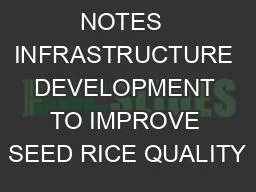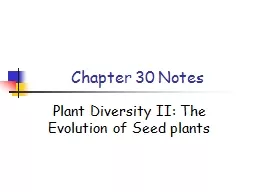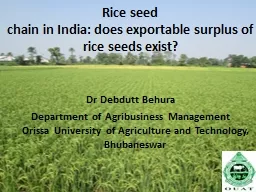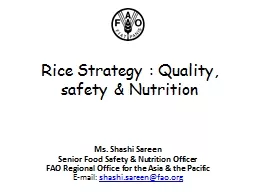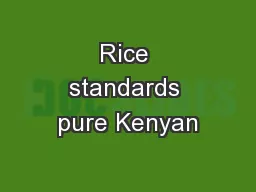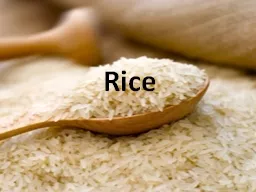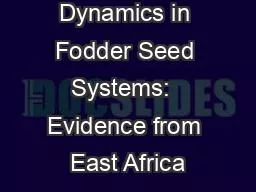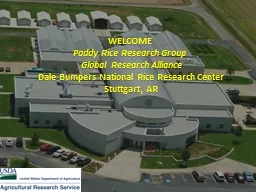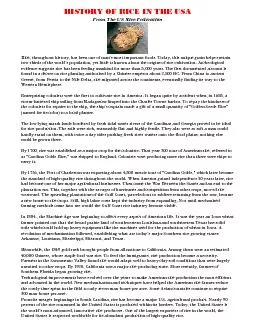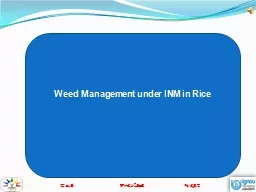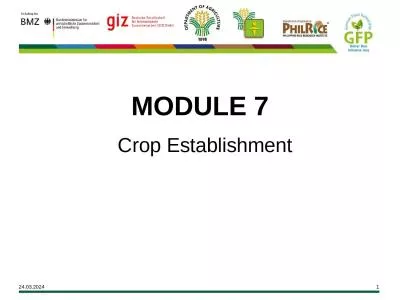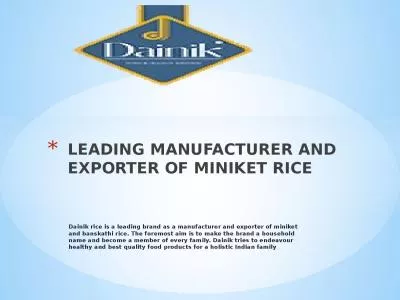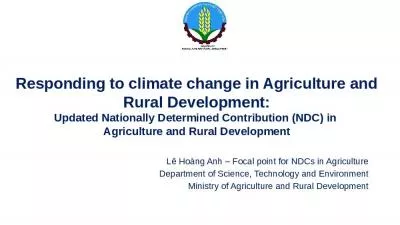PPT-CONCEPT NOTES INFRASTRUCTURE DEVELOPMENT TO IMPROVE SEED RICE QUALITY
Author : risilvia | Published Date : 2020-08-26
Dr Kenneth Nyalemegbe University of Ghana Agric ResCentreKpong MrAlbert Feefi Swatson Agronomist GIDA OUTLINE Introduction Justification of project Potential intervention
Presentation Embed Code
Download Presentation
Download Presentation The PPT/PDF document "CONCEPT NOTES INFRASTRUCTURE DEVELOPMEN..." is the property of its rightful owner. Permission is granted to download and print the materials on this website for personal, non-commercial use only, and to display it on your personal computer provided you do not modify the materials and that you retain all copyright notices contained in the materials. By downloading content from our website, you accept the terms of this agreement.
CONCEPT NOTES INFRASTRUCTURE DEVELOPMENT TO IMPROVE SEED RICE QUALITY: Transcript
Download Rules Of Document
"CONCEPT NOTES INFRASTRUCTURE DEVELOPMENT TO IMPROVE SEED RICE QUALITY"The content belongs to its owner. You may download and print it for personal use, without modification, and keep all copyright notices. By downloading, you agree to these terms.
Related Documents

